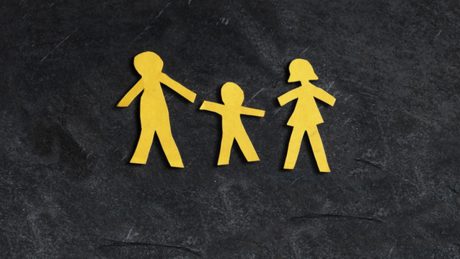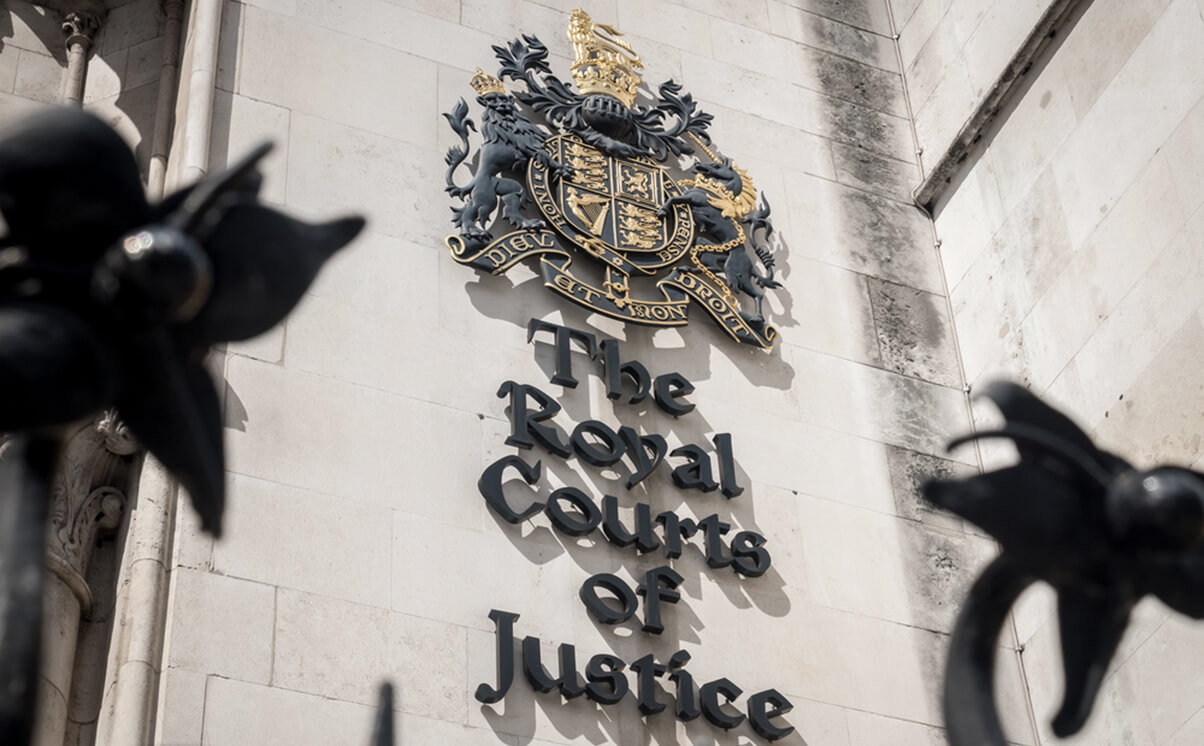Jenny Bowden, an associate in our Divorce and Family team, reviews a recent case in which a judge ruled that a child should move to live with his father instead of his mother following the father’s application for a transfer of care (Re H (parental alienation) PA v TT and H [2019] EWHC 2723 (Fam)).
Background
This case concerned a Sikh couple married in the summer of 2005. They had one child, “H”, who was born in 2006, and they separated in 2007.
At the time of the decision in this case, these were the sixth set of proceedings regarding H, (aged 12), so court involvement has been almost continuous. The prior applications included child arrangements, holidays and secondary school choices (all under Section 8 of the Children Act 1989).
The only feature of the earlier proceedings of relevance to this article and the latest decision was that the mother had alleged domestic abuse in the first set of proceedings in 2007, but no findings were made. She had reiterated these allegations in 2011 and made further allegations in 2013, all of which were dismissed.
The general arrangements in respect of H were that he lived with the mother in the Midlands, and had regular contact with the father and the paternal family on the south coast of England. This judgment records that that contact was of an “exceedingly good quality”.
The Children Act 1989
Under Section 8 of the Children Act, the court can make a child arrangements order regulating the arrangements regarding with whom a child is to live, spend time with or otherwise have contact with. Any question regarding the upbringing of a child will be determined with the child’s welfare as the court’s paramount consideration (section 1(1)). There is a presumption that no order should be made unless doing so would be better for the child than making no order at all (section 1(5)).
The current application
Contact between H and the father stopped in March 2018 somewhat inexplicably. This prompted the father’s application for the child to live with him rather than the child’s mother. The father had legal representation, the mother was a litigant in person, and H was represented by a case worker from the National Youth Advocacy Service (NYAS).
When the contact stopped in March, H and the father remained in indirect contact until the end of May, when H’s tone in messages suddenly changed. Generally, the mother’s view was that she had “no idea” what had happened to prompt this change. She suggested that H had simply decided for himself that he would be better without his father in his life. The father’s view was that the mother had been alienating H from his father over time.
In March 2019, a detailed report was provided by Dr Braier, an expert in the field of parental alienation. Upon analysis of the messages between the father and son (and separately, between the mother and father), it became apparent that the father had sent a somewhat regrettable email in May 2018 to the mother (which he acknowledged was inappropriate) and that the mother had clearly either shown this to H, communicated the content to H or otherwise allowed him to read the email. This was just one factor in the complex analysis of the parties. Dr Braier set out her analysis of both parties (and this appears balanced and measured, as it acknowledges the father’s various shortcomings in addition to problems inherent in the mother’s personality and behaviour).
To give you a flavour of that report of the father it said: “He builds strong relationships between friends and family, expending effort to achieve mutual warmth, reciprocal goodwill, congeniality and good cheer… A concern for his own welfare may at times come at the expense of others, though he feels particularly good about himself when he has been helpful to others… Taking his responsibilities seriously, if progress is slowed, blocked or complicated, his high investment can precipitate intense frustration, and where criticism is directed his way, reflexive hostility rather than openness to self-evaluation may follow. That said, his recent experiences with H have led to a much greater willingness to reflect.”
In respect of the mother, it said: “She experiences herself as a victim, badly treated by others, rising above it in a saintly manner in her mind, but not in practice. The mother constructs narratives based on her feelings, projecting her concerns and convictions out on the world, so that others’ behaviour fits her own preconceived ideas and concerns. There is difficulty shifting that perspective in light of any new evidence. The mother’s reflective function can be distorted, unintegrated and almost bizarre at times, particularly when applied to the paternal family. Her narratives are designed to reveal herself in the best possible light at the expense of any plausible understanding of the relationships around her, to the point where fantasy and ideals may impact on her grasp on reality at times.”
Of the child, it said: “H’s presentation suggests that he is triangulated within his parents’ conflictual relationship. His angry rejection of his father serves a function for his mother within the parental separation. His own emotional needs, including his right to have a relationship with his father, is being ignored by the mother in order to serve her conflict with the father. The child is currently prioritising his mother’s needs over his own.”
Dr Braier concluded that the mother’s opinions of the father had been transferring to H over time, and that that process was now complete given H’s independent rejection of contact. This was a clear case of alienation. Dr Braier went on to explain the issues of trying to reintroduce contact while H remained living with the mother, whether or not therapy accompanied any contact. In Dr Braier’s view, any attempts to rebuild the paternal relationship while H remained in the mother’s care would fail, and result in further alienation.
Dr Braier went on to explore the impact of H having no ongoing paternal relationship versus the impact of a change of living arrangements. Her recommendation wasn’t made lightly, and she discussed the fact that it would involve a change in school, new friends, the risk of running away, and the need for significant counselling and support. On balance, however, she was clear in her view that that would be preferable than leaving H with the mother where the paternal relationship simply couldn’t be revived. Reversing the living arrangements was the only way Dr Braier felt that H could go on to enjoy a meaningful relationship with both parents, which she felt was in H’s best interests.
The mother failed to recognise any of the flaws attributed to her, and her response to the report was to suggest that the father had “got to” Dr Braier.
One thing particularly striking upon reading this judgment was that a section 37 report (a report prepared by the local authority on the order of the court for use in the proceedings) dated August 2019 ignored the recommendations of Dr Braier’s comprehensive report, and had no criticisms of the mother.
In addition, the NYAS case worker representing H produced a report recommending that H remain with the mother and have no contact with the father. It only touched upon Dr Braier’s report, but without addressing the stark difference in opinion. At court, the case worker completely backtracked and refused to make any recommendation, and also couldn’t explain why they were changing their mind at the eleventh hour.
Despite the fact that these two reports didn’t agree with Dr Braier, Mr Justice Keehan ruled that H should move to reside with his father. There was to be a period of three months with no direct contact between H and the mother, to enable the paternal relationship to be rebuilt.
The judgment hinged on the welfare and best interests of H. The judge didn’t seek to “wriggle out” of making a decision on the basis of last minute changes in position (from NYAS) or conflicting evidence in a section 37 report. Instead, he weighed up the best interests of the child in the long term, while recognising that the impact of the judgment was likely to be significant in the short term.
The mother’s downfall was her inability to recognise any of her own shortcomings or acknowledge the harm she had caused, and the court felt that without an order the child would have no relationship with his father or extended family. The mother’s approach meant the child was prioritising his mother’s needs above his own and forming rigid schemas. According to Dr Braier, this would cause difficulties in making good enough sense of his emotional and social world to be able to negotiate his relationships successfully as he matures.
Lessons to be learned
Partner Adrian Clossick says of the judgment:
“The point to take away from this case is that where alienation is suspected, parties need to ensure properly experienced experts are instructed to produce comprehensive reports. The decision hinged on Dr Braier’s report and required a careful weighing up of the likely harm H would suffer either way. Increasingly, the courts are willing to recognise the significant impact parental alienation can have on the welfare of a child and, with proper evidence, will not shy away from making bold decisions in the best interests of the child. We are, unfortunately, seeing an increased number of cases where parental alienation plays a part.”
You can find further information regarding our expertise, experience and team on our Divorce and Family pages.
If you require assistance from our team, please contact us or alternatively request a call back from one of our lawyers by submitting this form.
Subscribe – In order to receive our news straight to your inbox, subscribe here. Our newsletters are sent no more than once a month.







